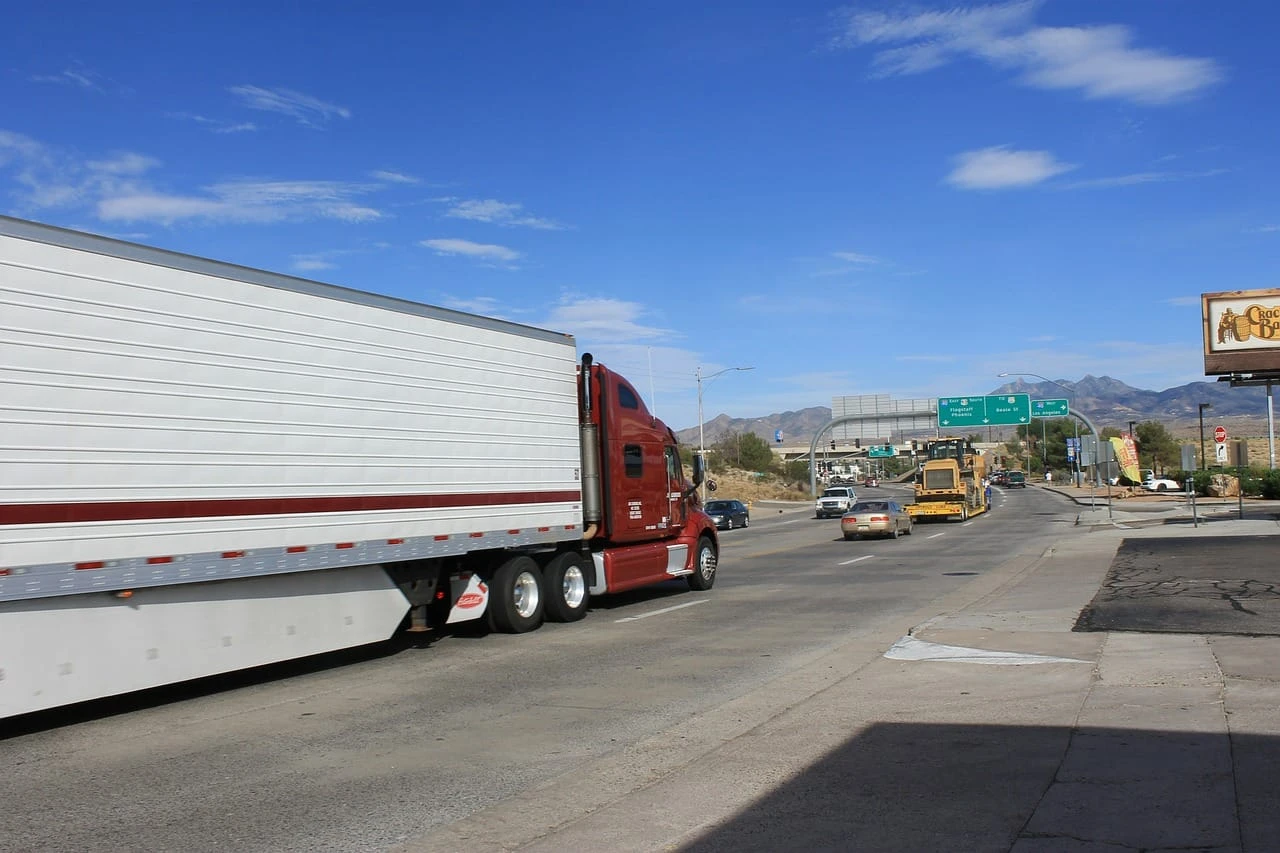 State and federal laws and regulations govern the operation of trucks in Texas. The point of these laws is to keep everyone safe, including other drivers, truckers, and pedestrians. The laws are intended to protect both the property of the trucking company and that of other people, governments and corporations; this includes the roads themselves. Another important function of these laws is to reduce the chance of hazardous materials spills.
State and federal laws and regulations govern the operation of trucks in Texas. The point of these laws is to keep everyone safe, including other drivers, truckers, and pedestrians. The laws are intended to protect both the property of the trucking company and that of other people, governments and corporations; this includes the roads themselves. Another important function of these laws is to reduce the chance of hazardous materials spills.
Area Covered By Texas Trucking Regulations
The commercial vehicle enforcement division of the Texas Highway Patrol is responsible for truck safety in the state. Texas commercial vehicle laws are detailed and comprehensive, covering matters such as:
· Who can get a commercial driver’s license (CDL)
· Driver qualifications, including medical exams
· How and when truck drivers can be tested for alcohol and drug use
· The financial responsibility of motor carriers
· How to drive safely
· Required truck parts and equipment
· Limitations on driving hours (hours of service)
· Inspection, repair and maintenance requirements
· Hazardous materials transportation
· Carrying passengers
· Documentation requirements
· Size and weight limits
· Registration laws
The division also enforces related traffic and criminal laws when they involve commercial motor carriers.
The regulations are detailed and specific. For example, in describing the windshield requirements for trucks, the standards stipulate the degree and extent of tinting in the glass, where antennas and transponders can be mounted, and where required stickers and decals can be affixed.
Inspection requirements are equally detailed and change frequently, making it important for drivers and owners of trucks to stay current with new laws. Size and weight requirements are specific and measurements are to be conducted using standardized specifications. If a load exceeds the height, weight and length limits, the operator must apply for a route inspection.
Response Of Trucking Industry To Regulations
The trucking industry and others believe that the rules imposed on truckers make it difficult to recruit new drivers and that the industry will be facing a severe driver shortage in a few years. Limits on young drivers (drivers aged 18 through 20 cannot drive interstate trucks), the amount of time away from home and increased costs for owner-operators also contribute to the shortage.
News Stories Illustrate Need For Laws About Truck Safety
However, recent news stories underscore the importance of trucking regulations. One recent story described the hazardous spill of fuel oil when one truck crashed into another in New Boston. Another story described a hazardous spill in Hill County that dumped 1,500 gallons of a material used in the manufacture of PVC pipe.
The importance of drivers knowing where they are going and the layout of specific roads was underscored recently when two semis collided in Lufkin after one of the drivers made an illegal lane change in an effort to get to a left exit.
It can take a while to untangle the cause of a truck accident. For example, the cause of a multivehicle crash in El Paso that killed one person and left several more seriously injured was unknown. What was known was that two semi trucks and other vehicles were involved.
The news is full of stories about drunk truck drivers and truckers who drive recklessly. Although drivers of all types of vehicles are guilty of these infractions, when a driver at the wheel of a 50,000-pound semi is drunk or reckless, the potential damage is far greater than that resulting from a car crash.
This makes it critical for all drivers to follow the rules of the road and pay attention to potential problems. While auto drivers, cyclists, and pedestrians cannot always protect themselves against truck crashes, staying alert can help. Moreover, if a truck accident was the result of a driver not following the rules, people who were injured or lost loved ones may be eligible for compensation.
